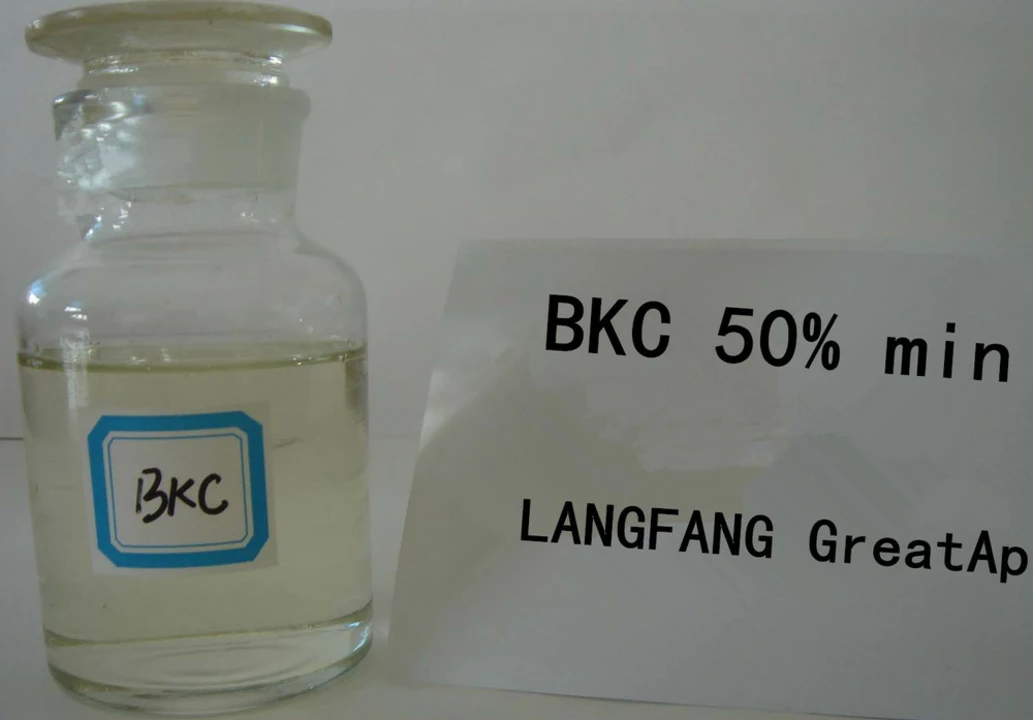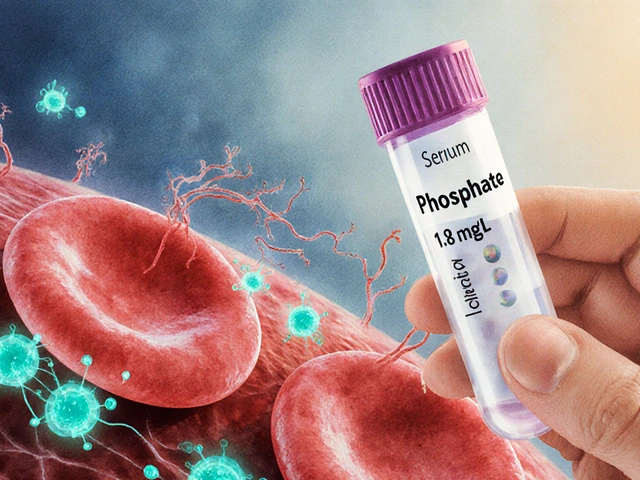
Calluses: What They Are and How to Deal With Them
If you’ve ever felt a hard patch on your foot or hand, you’re looking at a callus. It’s just thickened skin that forms when friction or pressure repeats over time. Most people get them from shoes that rub, heavy manual work, or even running. The good news? They’re usually harmless and easy to manage.
Why Calluses Appear
The body builds a callus as protection. When the same spot gets squeezed or rubbed, skin cells multiply faster than they shed, creating a tough layer. Badly fitting shoes are the top culprit – think high heels, tight sneakers, or boots with stiff soles. Sports that involve a lot of foot impact, like basketball or hiking, can also trigger callus growth. Even simple tasks like using a garden tool without gloves may cause hand calluses.
Age matters, too. As we get older, skin loses some elasticity, making it easier for thick patches to develop. If you have diabetes or poor circulation, calluses can become more serious because healing is slower.
Simple Ways to Treat Calluses
The first step is to reduce the pressure that caused the callus. Swap out tight shoes for ones with a roomy toe box and good cushioning. If you need extra support, try over‑the‑counter pads or silicone cushions placed under the painful spot.
Next, soften the skin. Soak the affected area in warm water for 10–15 minutes, then gently rub with a pumice stone or foot file. Do this no more than once a day – over‑scrubbing can damage healthy skin and lead to infection.
If the callus is thick or painful, an over‑the‑counter salicylic acid gel can help break down the extra skin. Apply it as directed, then follow up with gentle filing after a few days. For stubborn calluses, see a podiatrist; they can safely trim the excess skin and check for underlying issues.
Moisturizing daily keeps skin supple and prevents new callus formation. Look for creams with urea or lactic acid – they draw moisture into the skin and make it easier to keep soft.
Preventing Future Calluses
Pick shoes that fit well, have a supportive arch, and let your toes move naturally. If you’re on your feet all day, switch shoes halfway through the day or use cushioned insoles.
For manual work, wear gloves that reduce friction but still give grip. When you start a new exercise routine, increase intensity gradually so your skin can adapt without forming hard spots.
Regular foot checks are key, especially if you have diabetes. Spotting a small thick patch early means you can treat it before it becomes painful.
In short, calluses are the body’s way of shielding itself from repeated stress. By easing that stress, softening existing patches, and keeping skin hydrated, you’ll stay comfortable and avoid future problems.
-
28 Apr







